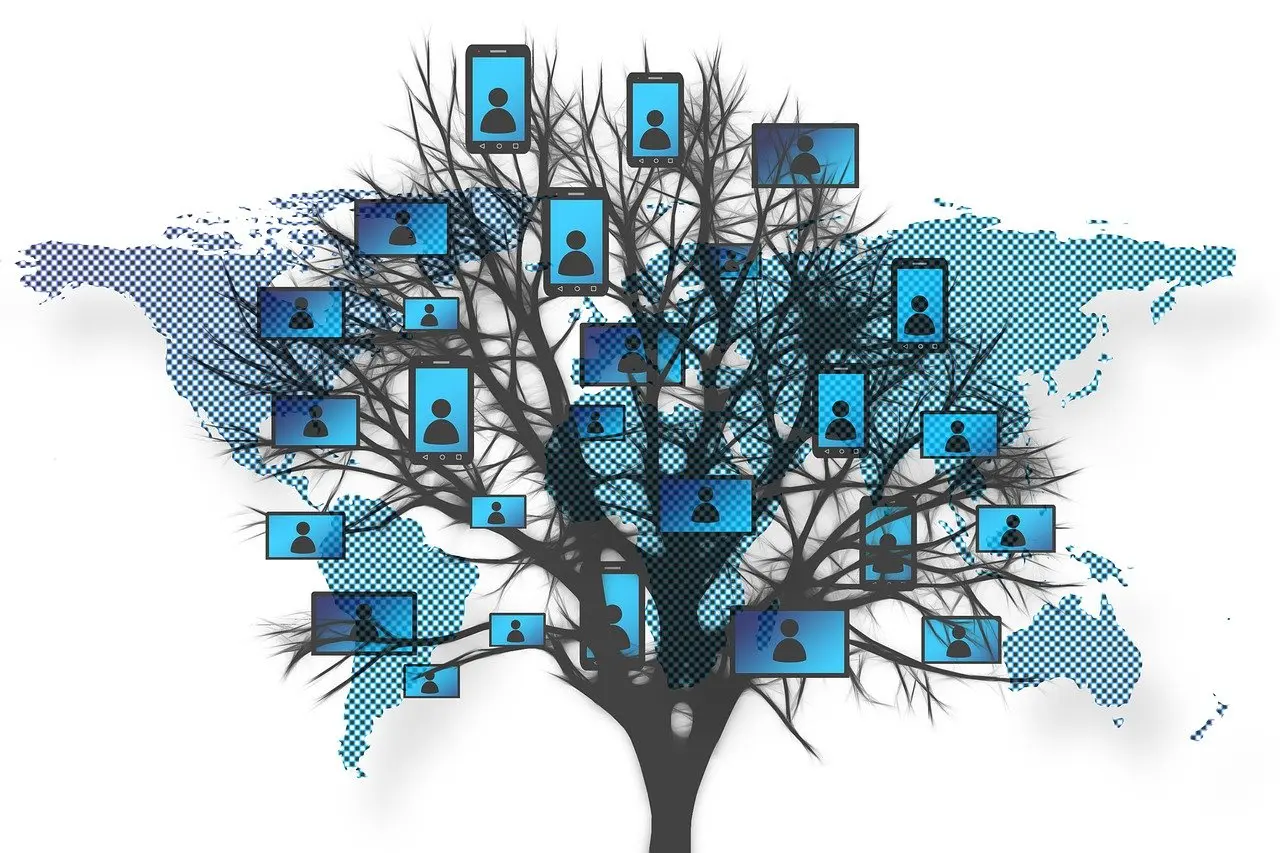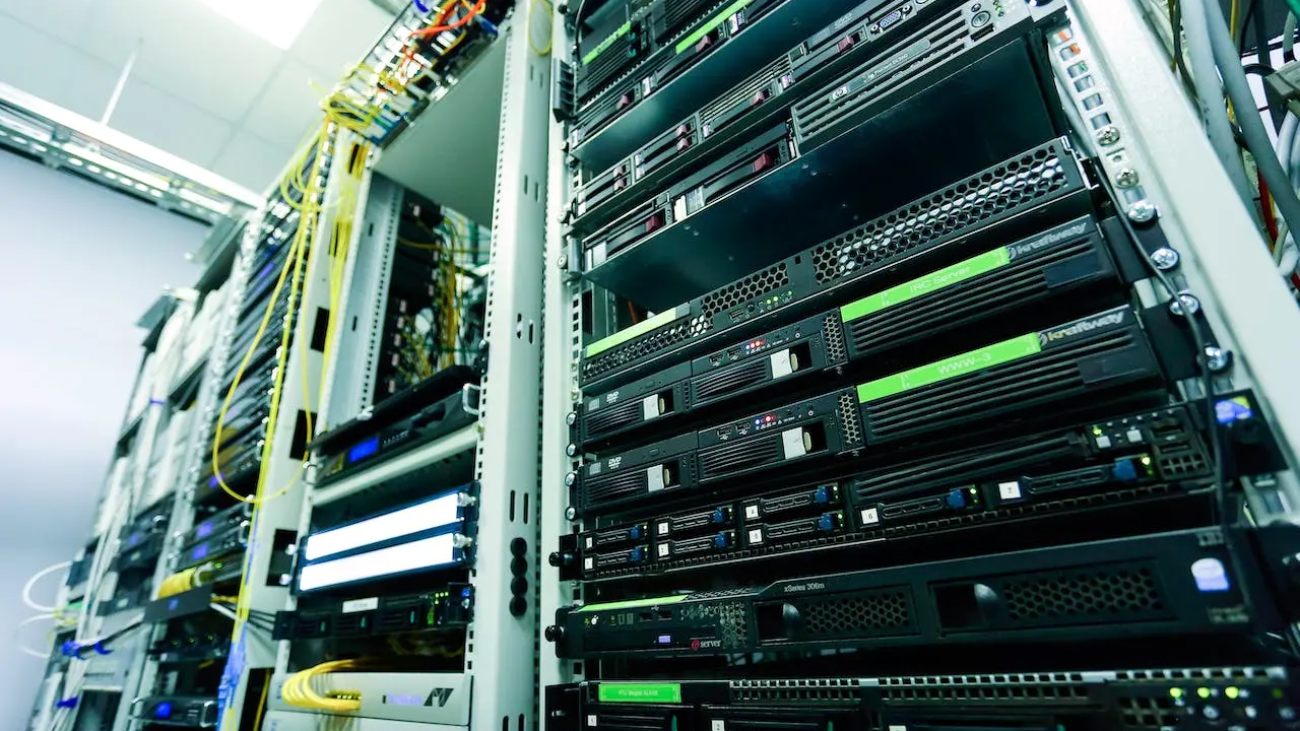In the digital age, computer networking forms the cornerstone of virtually all modern technological advancements. From connecting devices within a small office to enabling global communication, networking is integral to how we live and work. In this blog, we will explore the essential aspects of computer networking and why understanding it is crucial for both personal and professional success. We’ll cover five major points: the basics of computer networking, types of networks, networking hardware, network security, and the future of networking.

1. Understanding the Basics of Computer Networking
At its core, computer networking involves linking computers and other devices to share resources and information. The fundamental unit of a network is the network interface card (NIC), which allows devices to connect to a network. Networks are typically categorized by their scope and purpose. For instance, a Local Area Network (LAN) connects devices within a limited area, like an office or a home, while a Wide Area Network (WAN) covers larger geographic areas, such as multiple cities or countries. The primary goal of networking is to enable communication between devices, facilitating tasks like file sharing, email, and internet access.
2. Types of Networks
Computer networks come in various forms, each suited to different needs:
- Local Area Networks (LANs): These networks are confined to a small geographic area, like a single building. They are commonly used in homes and businesses to connect personal computers, printers, and servers.
- Wide Area Networks (WANs): WANs span broader geographic areas, connecting multiple LANs across cities, countries, or even continents. The internet itself is a massive WAN that interlinks networks globally.
- Metropolitan Area Networks (MANs): These networks cover larger areas than LANs but are smaller than WANs, typically serving a city or a large campus.
- Personal Area Networks (PANs): PANs connect devices within a very short range, such as linking a smartphone to a laptop via Bluetooth.
Each type of network has its own set of technologies and protocols that govern how data is transmitted and received.
3. Networking Hardware
Effective networking relies on a variety of hardware components:
- Routers: These devices direct data between different networks, such as between a home network and the internet. They determine the best path for data to travel and manage traffic to prevent congestion.
- Switches: Switches connect multiple devices within a network, facilitating communication between them. They operate within LANs and help in managing network traffic efficiently.
- Modems: Modems convert digital data from a computer into analog signals that can be transmitted over telephone lines or cable systems, and vice versa.
- Access Points: These devices extend the range of a wireless network, allowing more devices to connect via Wi-Fi.
4. Network Security
With the increasing volume of data being transmitted across networks, security is paramount. Network security involves protecting the integrity, confidentiality, and availability of data and resources. Key measures include:
- Firewalls: These act as barriers between trusted and untrusted networks, filtering incoming and outgoing traffic based on predefined security rules.
- Encryption: Encrypting data ensures that it remains secure and unreadable to unauthorized users during transmission.
- Access Controls: Implementing strong authentication and authorization mechanisms restricts access to network resources to only those with proper credentials.
- Regular Updates and Patches: Keeping network devices and software up to date helps protect against vulnerabilities and emerging threats.
5. The Future of Networking
The future of computer networking is poised for transformative changes, driven by several emerging technologies:
- 5G Technology: With its ultra-fast speeds and low latency, 5G is set to revolutionize mobile and IoT connectivity, enabling more reliable and faster data transmission.
- Network Virtualization: Technologies like Software-Defined Networking (SDN) and Network Functions Virtualization (NFV) are reshaping network management, allowing for more flexibility and scalability.
- Internet of Things (IoT): As more devices become interconnected, managing and securing vast numbers of IoT devices will become increasingly critical.
- Artificial Intelligence (AI): AI and machine learning will enhance network management and security by predicting and mitigating potential issues before they impact operations.
In conclusion, computer networking is a dynamic and integral field that influences numerous aspects of our daily lives. From understanding basic networking concepts to exploring cutting-edge technologies, mastering networking is essential for harnessing the full potential of the digital world. As technology evolves, staying informed about networking trends and advancements will ensure that individuals and organizations remain connected, secure, and ahead of the curve.t.

